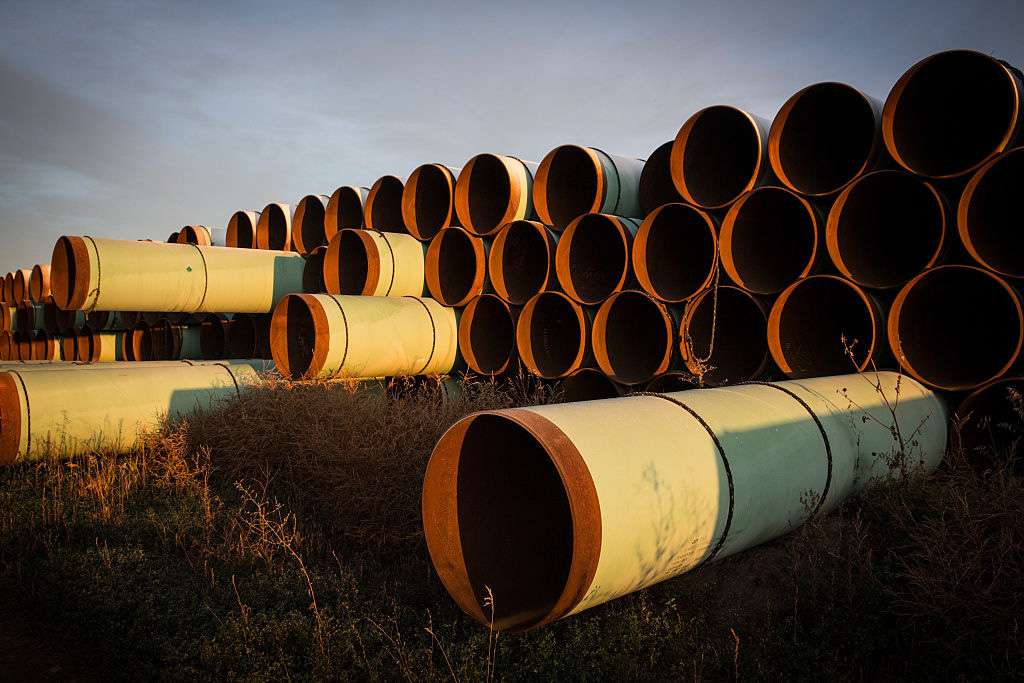Pipelines Are Safest For Transportation of Oil and Gas

The Obama administration's decision to delay approval for the construction of TransCanada Inc.'s proposed Keystone XL pipeline was based, in part, on concerns over the safety and reliability of oil and natural gas pipelines. The pipeline is intended to transport oil from Canada to U.S. refiners on the Gulf of Mexico. In announcing his decision, the president called for a full assessment of "the pipeline's impact, especially on the health and safety of the American people."
Pipelines have been used to transport American natural gas or oil, including from Canada to the United States, for three quarters of a century. Almost 500,000 miles of interstate pipeline crisscross America, carrying crude oil, petroleum products, and natural gas. This extensive and operational infrastructure network is heavily regulated by the Department of Transportation, which monitors the very issues central to the Keystone controversy: safety and reliability.
Thus it is possible to answer, based on experience, the question of whether pipeline transport of oil and gas is safe. It is, moreover, possible to compare the record of oil and gas pipelines to that of transport via rail and road. As the major alternative means of fuel shipment, transport by rail and road has been increasing as limitations on pipeline capacity have become manifest (the underlying reason for the Keystone proposal).
_____________________
Diana Furchtgott-Roth is a senior fellow and director of Economics21. She also served on the transition team for President Donald Trump. Follow her on Twitter here.
Are you interested in supporting the Manhattan Institute’s public-interest research and journalism? As a 501(c)(3) nonprofit, donations in support of MI and its scholars’ work are fully tax-deductible as provided by law (EIN #13-2912529).